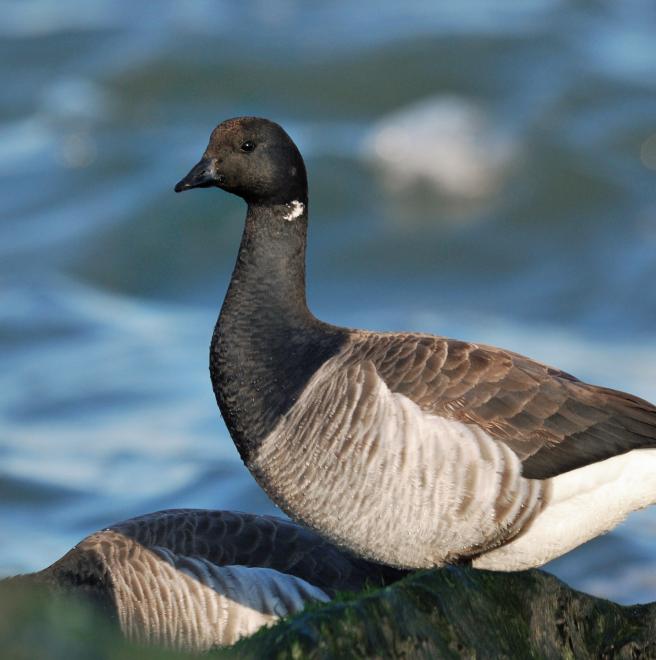

It’s a familiar story with this saltwater-loving goose—as the planet warms, Audubon’s climate model predicts that more potentially suitable wintering areas will open up to the north. On the East Coast, this means that “Atlantic Brant” could shift and expand their core winter range from the Long Island Sound area to Nova Scotia and even Newfoundland, and possibly even to the interior of the continent. On the West Coast, the winter climate space for the “Black Brant” form of this species will also significantly shift northward. Overall only 42% of their winter climate space is likely to remain stable. Brant are highly specific in their winter foraging needs; it is open to question if their food sources will be able to shift with the changing climate.
Explore more birds threatened by climate change around the country.





















It's easier than you think to make a difference. Become an Audubon member today to help birds facing climate change.